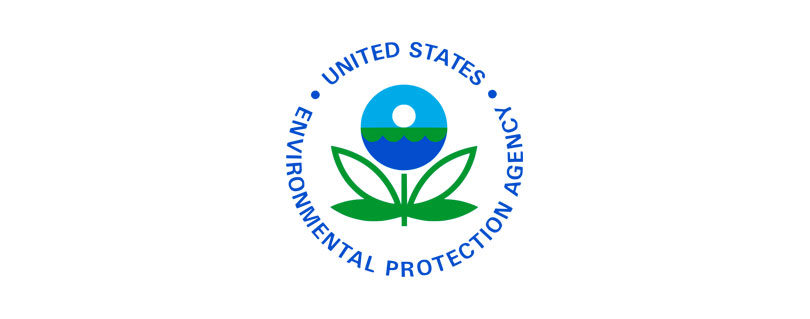EPA proposes new requirements for Haines wastewater plant to disinfect sewage discharges
Publilshed by the U.S. Environmental Protection Agency (EPA)
SEATTLE (May 4, 2023) — The U.S. Environmental Protection Agency, in coordination with the Alaska Department of Environmental Conservation, is proposing limits on the amount of bacteria and other microorganisms Haines’s wastewater treatment plant will be allowed to release to Portage Cove.
Currently, the discharges from the Haines facility are not disinfected, contain high levels of fecal coliform and enterococcus bacteria, and rely upon a large “mixing zone” area to meet Alaska’s water quality standards for bacteria.
EPA is proposing a draft permit for the Haines facility that contains more stringent bacteria limits. ADEC has indicated that these limits will be a condition of its certification of the permit under Section 401 of the Clean Water Act. The proposed limits will require upgrades to the existing plant. The draft permit proposes to allow the plant five years to comply with the new limits.
Over the next several months EPA intends to propose new Clean Water Act permits for Ketchikan, Petersburg, Sitka, and Skagway that would also require their treatment plants to significantly reduce releases of bacteria to local waters within five years. A draft permit for Wrangell was released for public comment in October 2022 and a revised draft permit will be released for public comment in the coming months.
About waivers under Section 301(h) of the Clean Water Act
The draft permit waives the secondary treatment requirements for the Haines facility. Most municipal wastewater treatment plants in the U.S. are required to conduct “secondary” treatment, which involves a combination of physical and biological treatment requirements to remove organic load and solids. However, in limited circumstances, Section 301(h) of the Clean Water Act authorizes EPA — with concurrence from the state — to issue discharge permits requiring less than secondary treatment to plants that discharge to marine waters.
Congress mandated that the last year communities could apply for a waiver from secondary treatment requirements under Section 301(h) was 1982. To qualify for a 301(h) waiver, applicants must satisfy specific criteria designed to maintain and protect the receiving water and ensure compliance with state water quality standards. The permits are for a five-year period. Applicants must reapply in five years, demonstrating that they continue to meet the criteria.
Since the 1980s, EPA has issued permits modified by 301(h) waivers for several other southeast Alaska facilities, including Ketchikan, Petersburg, Sitka, Skagway, and Wrangell. The permits were last reissued between 2000 and 2002.
In some circumstances funding support may be available for wastewater treatment upgrades through EPA and ADEC to meet nearer term and potential future water quality requirements.
For more information about the proposed permit, please view the public notice at: https://www.epa.gov/npdes-permits/npdes-permit-haines-wastewater-treatment-facility-alaska
Read the full article at: https://www.epa.gov/newsreleases/epa-proposes-new-requirements-haines-wastewater-plant-disinfect-sewage-discharges



